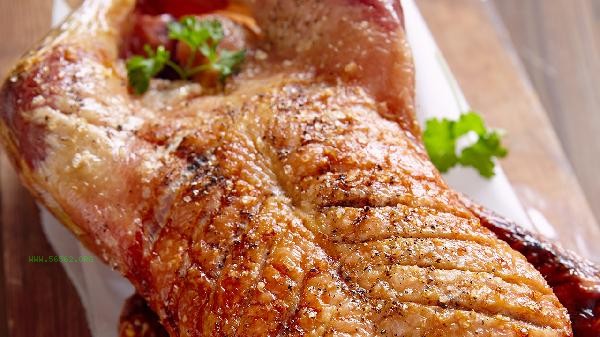The meat on the belly that first becomes soft and then thin may lose a few pounds, and the specific value varies from person to person, depending on factors such as body fat percentage, basal metabolism, and exercise intensity. During the process of fat breakdown, there will be a liquefaction stage, manifested as a softening of the abdominal feel, which is a normal phenomenon of the reduction in the volume of fat cells. When subcutaneous fat is mobilized for energy supply, triglycerides will hydrolyze into free fatty acids, and this physiological change may be accompanied by short-term weight loss of 1-3 pounds. But the actual weight loss depends on the individual's daily calorie deficit. When maintaining a calorie difference of around 500 calories, it may reduce 1-2 pounds of pure fat per week. Some people may experience water retention during the early stages of exercise, where although fat begins to be consumed, weight changes are not significant. After the body adapts to the rhythm of exercise, the restoration of water balance may lead to sudden weight loss. High intensity interval trainers may consume an additional 200-400 calories within 48 hours due to excessive oxygen consumption after exercise, accelerating the process of fat metabolism.

It is recommended to use a body fat scale to monitor changes in body composition, combined with waist circumference measurement, which is more meaningful than simply focusing on weight. Consume sufficient high-quality protein and dietary fiber daily to avoid muscle loss caused by dieting. Engaging in 3-5 sessions of resistance training combined with aerobic exercise per week can increase basal metabolic rate and form a sustained fat burning effect. Maintaining a regular schedule and sufficient sleep can help with leptin secretion and have a positive effect on breaking through the weight loss plateau.










Comments (0)
Leave a Comment
No comments yet
Be the first to share your thoughts!